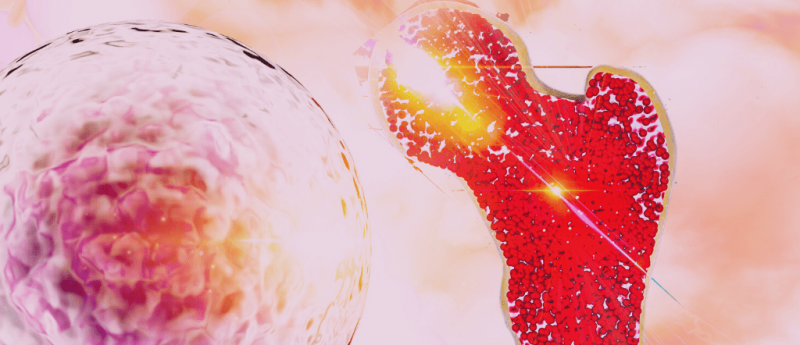Skeletal stem cell fate is decided by fatty acids and blood

Skeletal stem cells can be influenced by nutrient levels in the blood to form either bone or cartilage after bone damage.
Researchers from Harvard University (MA, USA) and KU Leuven (Leuven, Belgium) have discovered how different nutrient levels in the blood can affect the development of stem cells during bone healing. Their findings demonstrated that when fatty acids are present, supplied in the blood, new bone forming cells are produced; however, when fatty acids are absent, cartilage is initially formed that can be later replaced by bone cells.
Until now, researchers did not know how the progenitor cells decided whether to form bone or cartilage cells. The new study, published in Nature, suggests that the presence of blood vessels and fatty acids may play a key role. The discovery may aid research into treating conditions such as osteoarthritis, where the lack of intact cartilage can cause severe pain.
Bone healing normally occurs in one of two ways: when a fracture is small then skeletal progenitor cells can immediately differentiate into bone healing cells, however, when the fracture is larger these progenitor cells first form cartilage that is then replaced by bone cells at a later date.
“Despite what many people think, our bones are full of blood vessels, while cartilage does not have any,” commented Nick van Gastel (Harvard University).
In this mouse-based study, the team showed that when blood vessels were blocked, cartilage was formed. In contrast, when the blood vessels were left open, bone-forming cells were immediately created.
Following their discovery, the team set out to determine what specific role the blood might play in the fate of the progenitor cells.
“Our previous research had already shown that nutrients play a role in the biology of progenitor cells,” noted Geert Carmeliet (Clinical and Experimental Endocrinology Unit at KU Leuven).
The team found that fatty acids in the blood are responsible for progenitor cells developing into bone-forming cells, and that the lack of fatty acids caused the progenitor cells to activate the SOX9 gene, leading to cartilage formation.
“This study is useful for researchers in regenerative medicine, since we still know little about cartilage formation,” concluded Carmeliet. “Research into cartilage disorders such as osteoarthritis may also benefit from these findings. There are indications that cartilage cells receive more fatty acid signals and don’t produce enough of the SOX9 gene in patients with such disorders, which can have adverse effects on the joints. Finally, our study shows for the first time that specific nutrients can inform stem cells which type of cell they should become. That is an important step forward in stem cell research.”